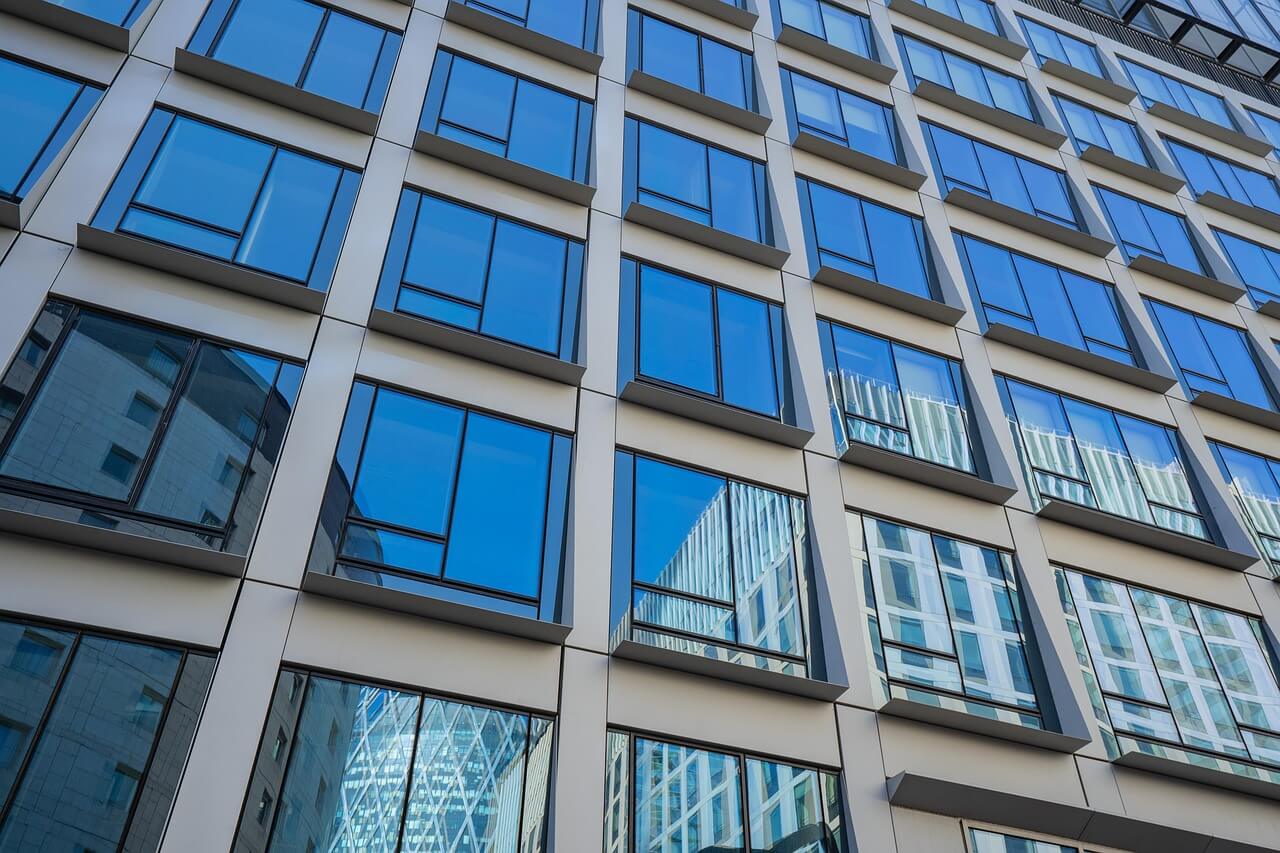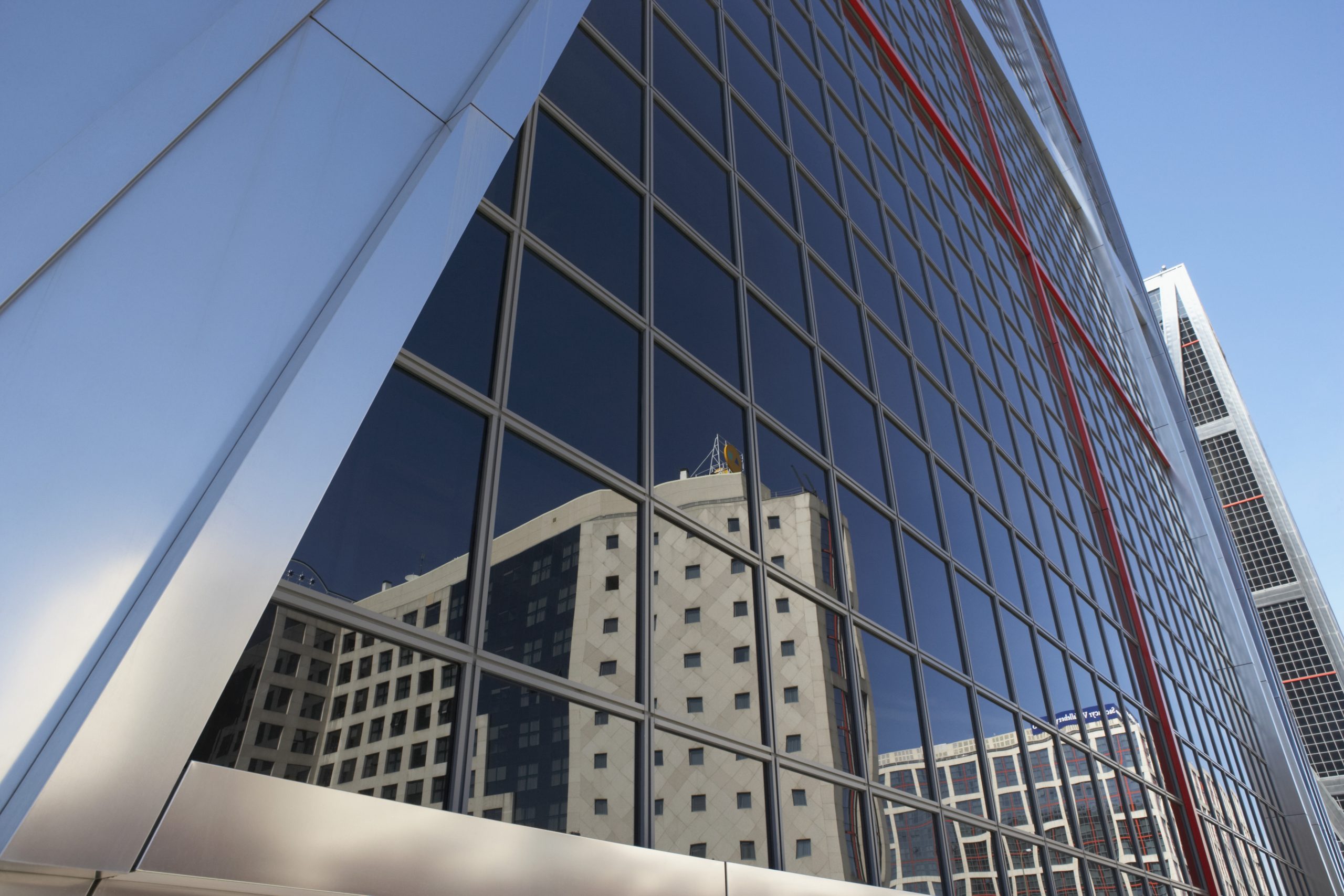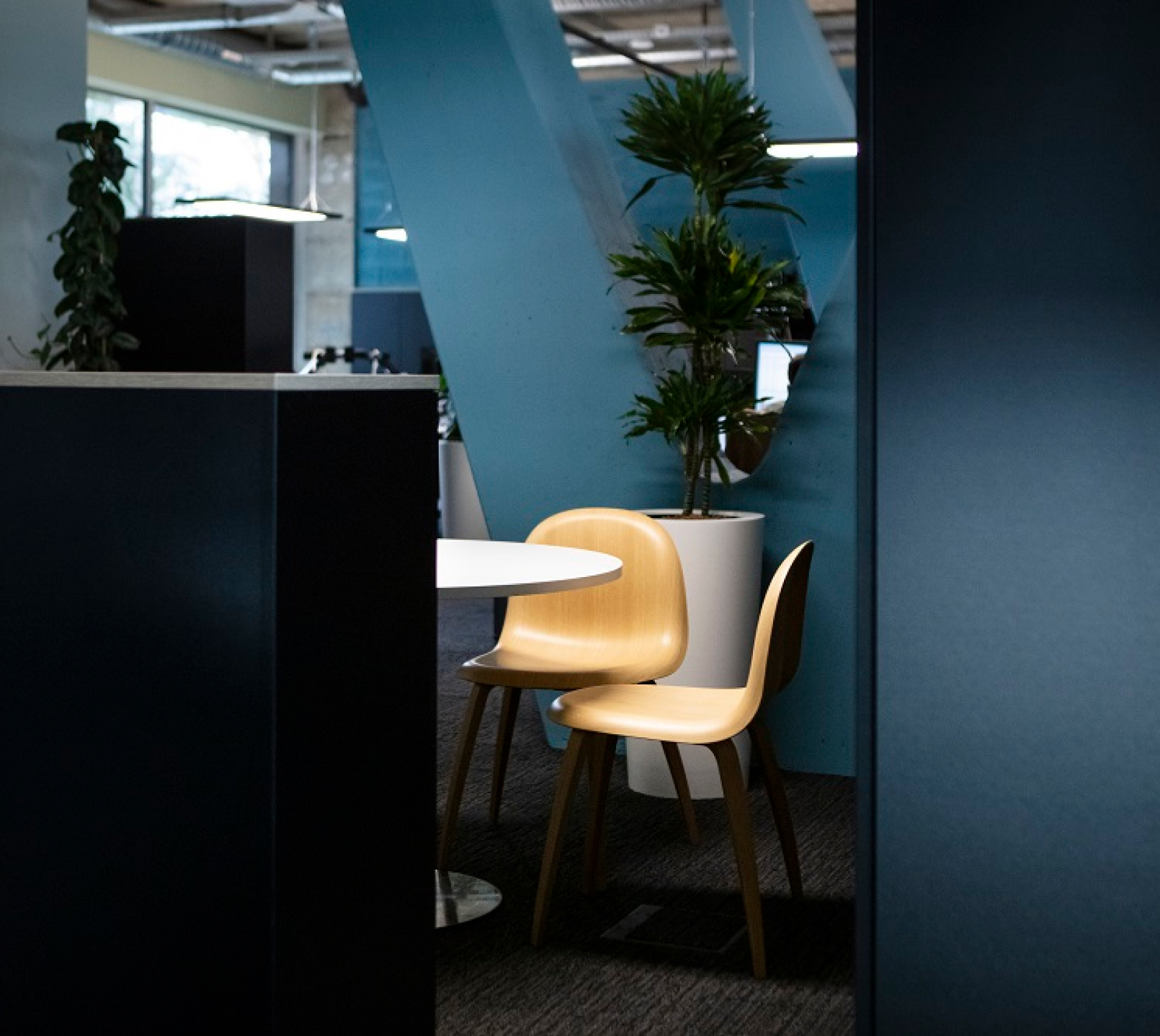
May 26, 2025 • Real estate market

October 21, 2019 • Real estate market
Before embarking on an investment project, it is important to analyse various economic and socio-demographic indicators. The crucial question to ask before considering a rental investment? What are the guarantees? What is the economic situation of my property? Do I have the assurance that my property will always be rented if I take a long-term approach to expand my assets? Do I have the guarantee of making a capital gain if I wish to sell it in the medium term? Here is the investor’s guide.
In Luxembourg, the economy is still dominated by finance and insurance, as well as related services. However, we observe some diversification, particularly in the fields of technology and innovation. The GDP per capita was €80,500 in 2015, among the highest in the world. The Eurozone average is €28,800. The only downside is the uncertainty related to the global economy, to which Luxembourg, like other countries, is very exposed. Luxembourg is also home to four European institutions that employ more than 12,600 people. The country is known for its political stability and a responsive government that listens to various stakeholders, especially economic ones. Luxembourg has high-quality infrastructure, which the state regularly invests in developing and maintaining. For example, a tram project is underway in the city. Only the roads have become obsolete, unable to handle the ever-increasing traffic.
As of 1 January 2016, the country’s population was 576,249 inhabitants. The capital, Luxembourg City, is home to 115,200 people. The second largest city in the country is Esch-sur-Alzette in the southwest. Generally, two-thirds of the population live in the south of the country. The country’s population has seen significant growth since the financial centre emerged in the 1980s. This long-term trend has tended to intensify in recent years. Over the past 10 years, the population has grown by more than 2% per year nationwide. In the capital, this increase has exceeded 3% per year over the same period. This population increase is 80% due to immigration, mainly a European phenomenon with marked communities of Portuguese, French, and Italians. Luxembourgers represent only 53% of the country’s population. In Luxembourg City, they account for less than a third. The city alone accommodates a third of new entrants. All indications are that this trend is not set to reverse. Authorities expected the population to reach 650,000 by 2030. At the current rate, it is likely that this figure will be reached before 2025.
Out of a total of 385,000 employees, 165,000 are cross-border workers. This is a phenomenon rare in its scale. These workers come half from France, a quarter from Belgium, and a quarter from Germany. Cross-border workers are a potential reserve of inhabitants for the country. Certainly, many are satisfied with their situation, but others likely wish to live in Luxembourg due to transportation issues. The real estate market in Luxembourg is dynamic across various segments.
Many people who work in Luxembourg are looking for a base here.
We observe that rents have been under upward pressure in recent years. Nationally, there is a steady increase of several percent per year. There is a difference between new and old, but it is minimal given the lack of supply. The rental market is more dynamic in the city. Vacancies are almost nonexistent there. Prices can vary significantly depending on the neighbourhoods. This increase is attributable to various factors, including:
The recent study by the Housing Observatory, published in October 2016, indicates that apartment prices continue to rise. Over the past year, the price per m² for existing apartments increased by 4.5%. The average price per m² for off-plan sales (VEFA) increased by 7.9%. Note that this increase is due to the decrease in average surface area.
Like many European cities, Luxembourg suffers significant road traffic pressure. Narrow motorways are congested during peak hours, mainly due to the significant flows of workers from neighbouring countries. The country’s railway network is well-developed and constantly evolving, but international connections are not optimal. Mobility issues impact real estate prices. Prices drop quickly when moving away from the capital.
In conclusion, all conditions are met to convince you that investing in Luxembourg is a safe bet. But how to be sure to choose the right investment? Investing in a new apartment is an excellent choice.
A rental investment is considered optimal if you find a property with rent higher than the loan instalment and the various expenses inherent to property ownership. This is called a self-financing property, as it generates as much income as expenses over a year. What are the necessary characteristics for purchasing a rental investment? And above all, how not to get lost during a first purchase? For example, it’s an apartment where the rent covers the loan repayment instalment and other expenses like property tax (max. €150 in Luxembourg), co-ownership charges, insurance, etc. But this does not necessarily have to be the case. It is also possible to make a rental investment without considering the charges and other related expenses, in which case we are more in a medium-term resale perspective than a long-term asset building, as we will see later. Today, more than 60% of homes built are bought to be rented in Luxembourg City. How to make the right choice? Every real estate investor has two main concerns: finding a tenant and seeing their property increase in value.
The most tedious method is to refer to past transactions in the same locality to evaluate a property. The most effective method is to consult the INOWAI RESIDENTIAL team to offer you a selection of properties positioned as good rental investments. Our team of real estate professionals knows the market and its conditions for sale and rental perfectly. It is important to consider the proximity of shops, schools, accessibility, the life of the neighbourhood, etc. These are all criteria that will help you find tenants.
There are several ways to calculate the return on a real estate investment. Gross profitability is most often used. However, it does not account for various property charges and expenses. We speak of net profitability of fees and charges.
This is calculated based on the acquisition price but considering the costs related to maintenance and management of the property (the charges).
Residential investment real estate enjoys a favourable tax framework in Luxembourg. The state promotes the creation of new housing and has implemented incentives in this regard. Purchasing new homes with the aim of renting them out thus provides access to advantages that practically neutralise tax on rental income during the first six years of property ownership. The “constructions” part of the housing price allows landlords of rented properties to deduct a flat rate each year, reducing the impact of rental income in the tax declaration. The normal amortisation rate is 2% per year. During the first six years of renting, this rate is increased to 6%. This higher rate often results in virtually negative rental income, positively affecting the overall tax bill. Capital gains tax is then reasonable, allowing for the possibility of reinvesting capital while again benefiting from the advantages offered for creating new housing. Our INOWAI Residential team is at your disposal to advise you on all the tax returns you can expect when opting for a rental investment. It is important to note that depending on the type, duration, and sources of financing you choose (own funds, fixed-term credit, amortisation credit), the yield will differ. Generally, if you already own a property and want to borrow for a rental investment, the financial institution will require a minimum down payment of 10% of the price plus the payment of fees. INOWAI supports real estate investors at every stage of their investment. Which property to choose? Where should it be located? What financial contribution is needed? How to find a tenant? The questions are many. The stakes are high for investors. Knowledge of the Luxembourg real estate market is an indispensable asset for a successful investment. INOWAI knows how to direct its clients towards the best-located properties so they can optimise their investment. The challenge is to select a well-placed product whose value will increase over time. From purchase to resale, INOWAI advises investors. The choice of the type of apartment depends on the amount of investment to be made. From studios to large apartments, the range of properties offered is wide.
Do you have questions or need advice for your real estate project? We are ready to assist you!
